Define Purpose and Outcomes
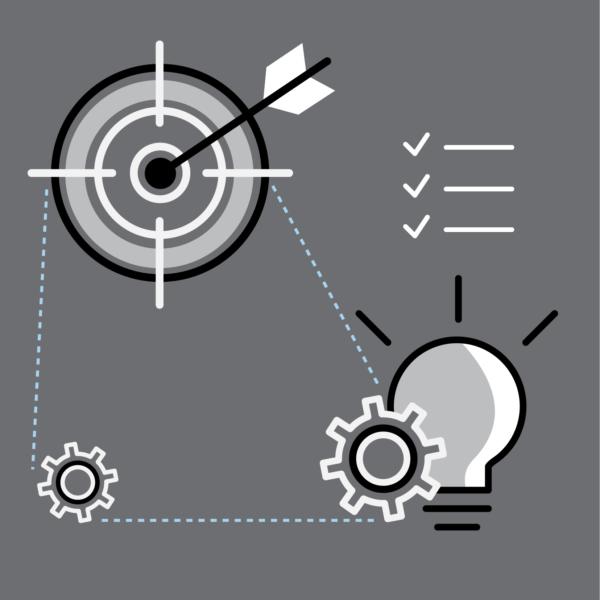
Get clear on your meeting purpose and outcomes before you jump into creating a meeting agenda and design.
The purpose is why people are in the room.
The outcome is the result.
- Declare your purpose and outcomes at the beginning of the meeting. Ask, "What questions do you have about why we are here and what we intend to achieve?"
- The purpose is an action statement that typically begins with the word "to" and a verb.
- Purpose = "To" + [Verb]
- In contrast, outcome statements begin with a noun. Outcome = [Noun] + [Descriptive phrase]
- Return to the purpose and outcomes as an anchor throughout the conversation.
- Purpose and outcome statements should not exceed more than 15 words.
- Don't be an overachiever. Set realistic outcomes for the time you have allotted for the meeting. Overreaching may leave participants with a sense of failure and unease.

Distinguish Agenda vs. Design
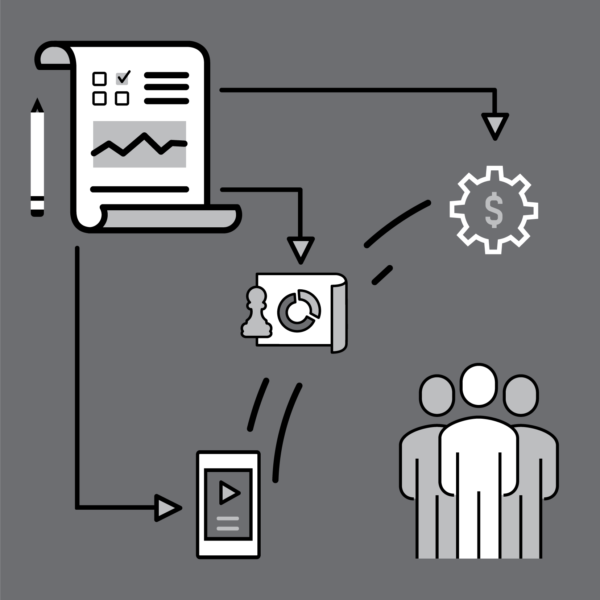
Develop an agenda with topics to discuss and create a meeting design that allows leaders to fully engage with participants.
The meeting agenda is what to discuss and in what order.
The meeting design is what to discuss, in what order, and how.
- Use the meeting purpose and outcomes to inform and guide the design.
- Include in the design the activities associated with that portion of the meeting, who will lead it, and materials needed in the room.
- Don't share the details of the design with all meeting participants. Consider only sharing the agenda. The team executing the meeting benefits most from seeing the design and agenda.
- Think of the design as simply a plan. Once the group shows up, you have to follow the energy in the room. Lead and adjust course with the outcome in mind.

Choose Your Role
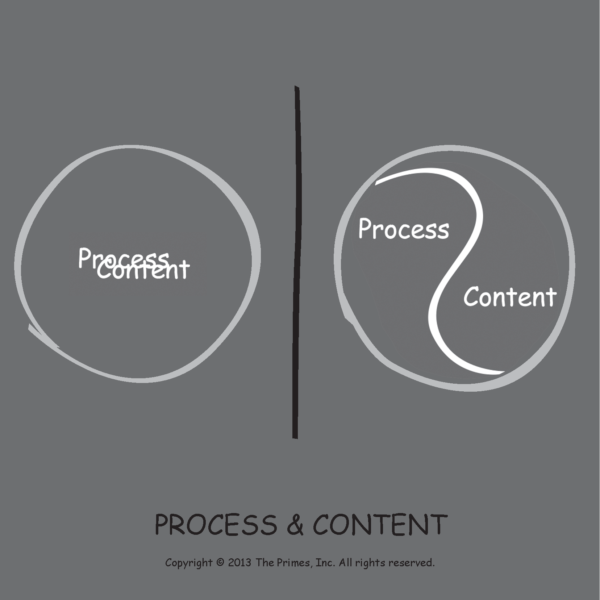
Choose your role in the meeting that best fits your stake in the outcome. You can either run the process or contribute to content.
Meeting roles:
The facilitator designs and manages the meeting process by ensuring the group performs at its highest possible level and achieves the desired outcomes.
The owner contributes to content by convening the meeting, sharing the vision, and is accountable for tying the outcomes to organizational efforts.
The participant contributes to content by asking questions, making recommendations, and sharing opinions throughout the meeting.
- Clearly define a facilitator in charge of the process, which allows the group to focus purely on content. The facilitator provides strategic and crafted process support, which enables a respectful exchange of ideas and passionate stakeholder involvement.
- Facilitators should orient the group to fight like allies. Encourage vigilance and passion about ideas while not taking criticism or rejection of ideas personally. Criticism with upgrades steers the group toward a refined solution.
- Facilitators should anchor the group "in service of" a bigger goal. When tethered to a greater outcome, the end state becomes a unifying "North Star."
- The meeting owner should invest in one-on-one checkpoint discussions and pre-meetings with influential stakeholders to inform the agenda and design.
- Owners should contribute their opinion last to maintain the integrity of the meeting. They should open the meeting, weigh in, set context, and clarify direction or constraints, but not manage the conversation.
- Facilitators should remain neutral about decisions and conscious of when they take a position on topics being discussed. They should not be personally invested in the outcome but rather in the highest performance of the group.
- Participants will hesitate to agree on a decision when the resourcing, follow-through, and responsibilities for owning a decision are not resolved. Set expectations for how decisions will be made by the group at the outset of the meeting.

Capture Group Memory
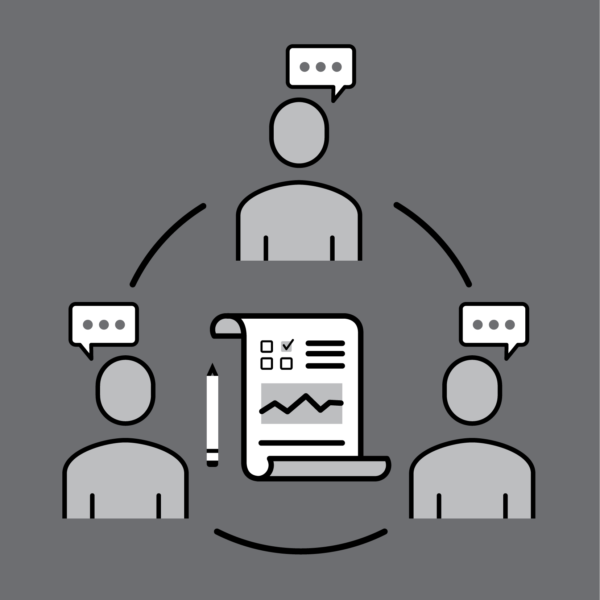
Capture a group’s memory as it forms throughout the meeting. Individuals naturally leave any discussion with their own perception of what was discussed, agreed to, and what actions will follow.
Group memory consists of the collective rationales, decisions, and any other discussion that will be relevant to future work or interest.
Knowledge capture is the recording of a group’s memory. A knowledge agent is a co-facilitator role assigned to listen for key takeaways, nuances, and contextual factors. The agent creates a meeting artifact that accurately reflects what the group accomplished.
- Capture the essence of the conversation (open issues, questions, decisions, action items, and "parking lot" items). Action items are next steps agreed to during the meeting. Capture the action, owner, and timeframe.
- A "parking lot" is a temporary holding area for ideas or suggestions that are not directly related to the issue facing the group and should be discussed at a later date.
- Add context, depth, and meaning by capturing quotes, metaphors, dynamics, specific examples, and pictures.
- Don't create a word-for-word transcription of the meeting.
- The knowledge agent should not alter ideas generated by the group with his/her own bias. This can be prevented by capturing anonymous quotes and analogies.
- Validate and confirm the knowledge capture using a shared display through either low-tech (e.g. dry erase boards, flip chart paper) or high-tech (e.g. projector).

Create a Clearing
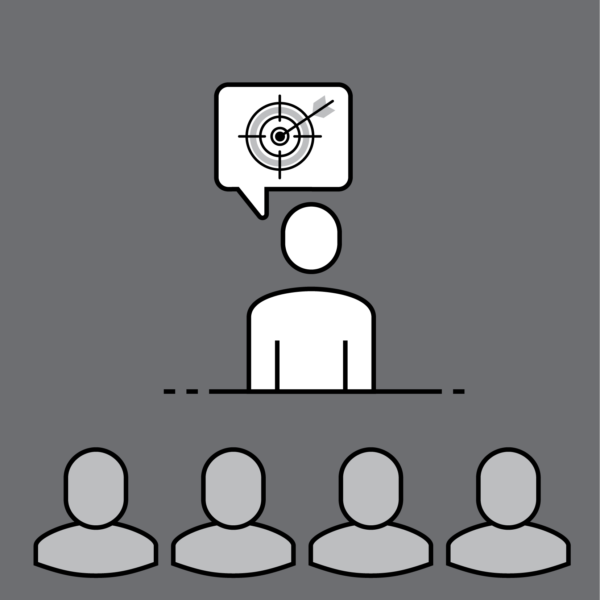
Create a clearing by bringing only what is essential to achieving the group’s desired outcome.
Your mood and energy impacts the group’s performance and the success of the meeting.
Take the time to get clear about what you are thinking, feeling, and believing about the meeting before it begins.
- Take a few deep breaths and become fully aware of what is happening in the moment.
- Mentally step back from the discussion and notice your volume, your tempo, and your nonverbal actions. Small adjustments can have a big impact on group performance.
- Avoid focusing too much on time - think outcome and group dynamics. An over-focus on time can cause the group to miss the most important parts of a conversation.
- As a facilitator, don't be stationary; move around to generate thinking and reinforce the perception that you are in service of the group.
- As a facilitator, don't rush into a meeting. It is better to have an early delay and get grounded than to rush to start.

Utilize Your Space
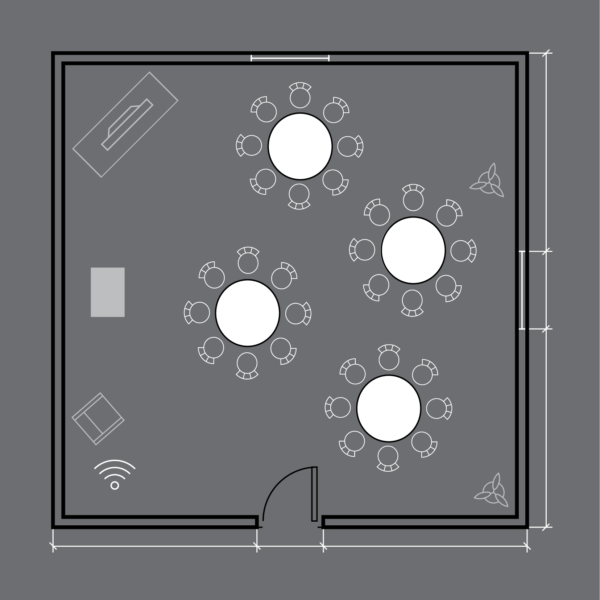
Set the conditions that maximize the use of your physical space to encourage powerful engagement within a group. When designing effective meetings, the details matter. Consider:
- Room temperature
- Acoustics
- Participant’s vision
- Opportunities for participation (i.e. whether attendees are in-person or virtual)
- Set the room so that seating is spaced for individual concentration yet close enough for passive awareness.
- When using a shared display (low-tech or high-tech), seating should be arranged around the display for optimal viewing.
- Avoid packing people into a tight space or using a long, narrow room; participants will quickly get distracted.
- Don't ignore the acoustics. Have a microphone available and ensure everyone can hear wherever they are situated in the room. Straining to hear is stressful and not additive to the group dynamic.

Close the Meeting
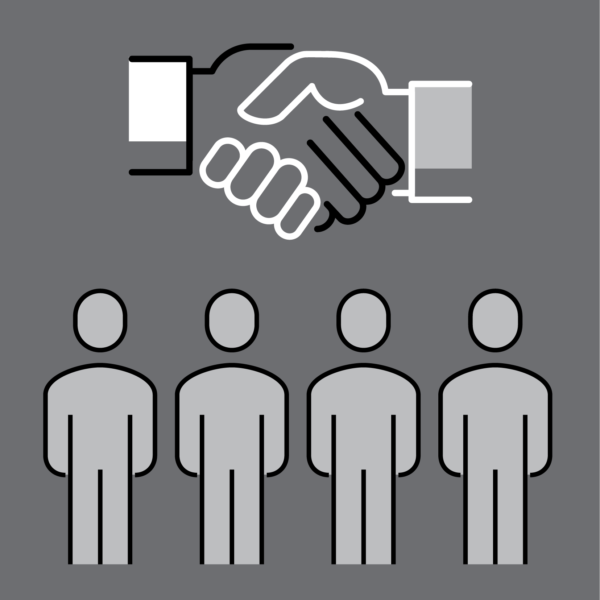
Close the meeting in three steps, regardless of whether it went as planned.
- Recap the territory covered (process and content)
- Confirm immediate next steps
- Acknowledge the group for their time and investment
- Acknowledge time invested and value to the organization, leader, or mission.
- Affirm outcomes achieved and outputs produced.
- Wait to clean up - be available for sidebar discussions and follow-up comments.
- Avoid creating a lengthy, detailed report. Generate a 1-2 page meeting artifact with key points, actions, agreements, and next steps.

